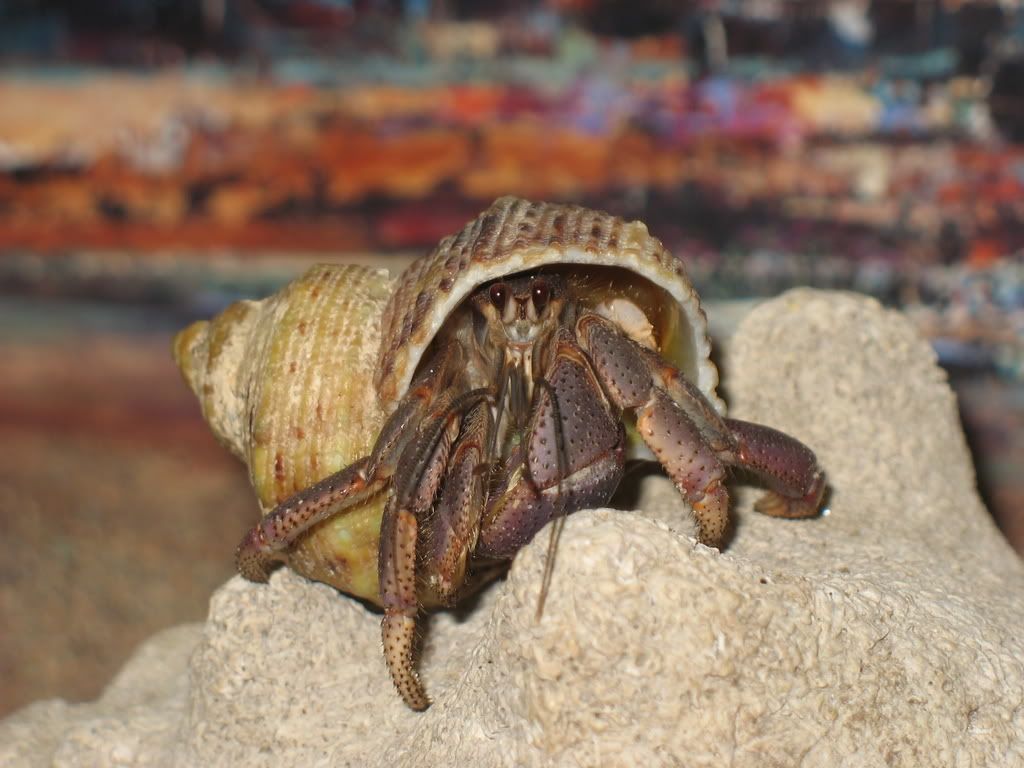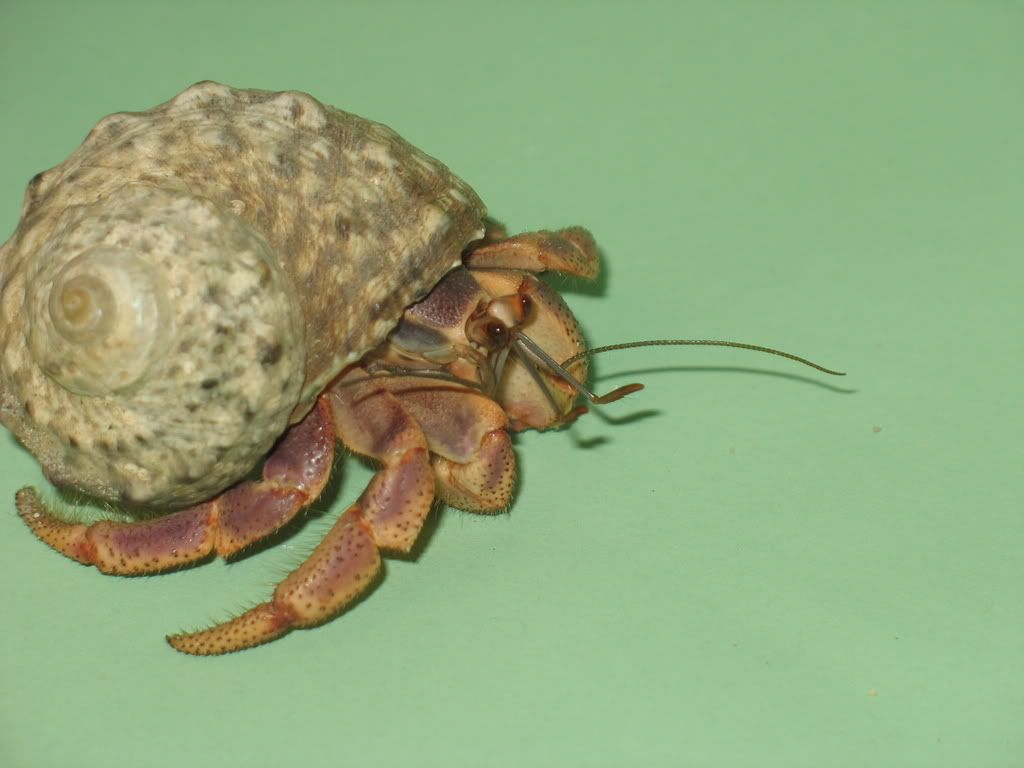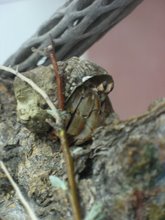Ripe or over-ripe tropical fruit is a well-known favorite of land hermit crabs, but some of the parts we disgard may be crab-edible and nutritious.
Pineapple--the plant is a bromiliad and therefore safe as a food source. The pineapple top can be fed as well as the skin (wash thoroughly w/ warm water and vegetable brush to eliminate pesticides if not organically grown) and tough core can be sliced, dried, and ground for easy consumption.
Mango--mango is a favorite food in our crabitat. Cubed mango works well fed fresh or frozen for later use. Sliced mango dries well in a dehydrator making it possible for the leathery skin to be utilized as well (pulverize dried slices in blender or grinder). Recently, we dug the seed out from the pit, thinly sliced it, dried it, and fed them to the crabs. They ate some of them on the first and second feedings with no ill effects, so the pit is safe too. I planted one in a flower pot in hopes of making a houseplant of one so that I can test the leaves as well.
Papaya--is well-liked by hermit crabs. Papayas contain a lot of latex, especially before they are ripe so there may be a need to feed in moderation (but the affect of latex on hermit crabs is unknown at this time). The Hermit Crab Addiction administrator has established that papaya leaves are safe too.
Banana--The secret to getting crabs to eat banana is to let the skin turn black and the over-ripe fruit is a favorite. Crabs completely ignore "green" bananas. We want to test the skins and banana leaf, but haven't gotten around to it yet. Bananas are notorious for being loaded with pesticides, so it is best to invest in organic in this instance. Crabbers have definitely put peels in the tank, and no ill-effects were reported. Whether the peels were eaten or not, I cannot remember. If you've tried it, please comment on this post.
Plantain--This is much like a banana, but not as sweet. Crabs will eat them, but only if they are very ripe.
Kiwi--(aka Chinese gooseberry) contain latex and were not well-liked by my crabs, but have good nutritional properties and are safe.
Starfruit--safe.
Dragonfruit--safe (
see comment by brad873).
Many dried fruit products have added chemicals to preserve coloring and are often dipped in a sugary syrup to make them "candied," so these should be avoided. Canned products should also be avoided, especially if the product is highly acidic as in the case of pineapple.




 To display this graphic link on your own site, copy the following html code:
To display this graphic link on your own site, copy the following html code:



